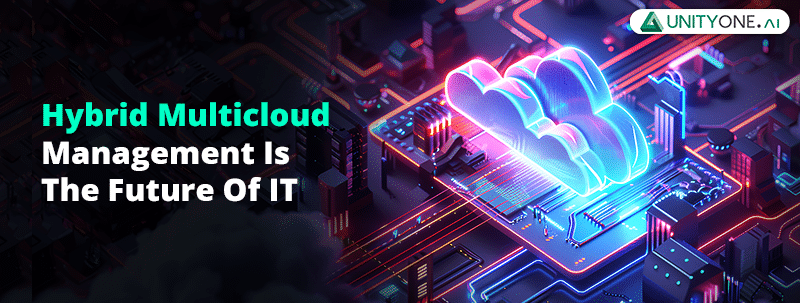Over the last decade, the business ecosystem has changed dramatically. Every part of IT has been impacted by the advent of the cloud, the mass acceptance of open source software, the move to digital infrastructure, and microservices’ growth. A typical organization has thousands of applications built in extremely diverse languages, platforms, and resources. Applications are installed inside the data center on physical servers and virtual machines that are running. On the private cloud and public cloud networks, a subset of applications run. Modern microservice applications are deployed in containers and Kubernetes clusters within the data center and cloud environments. Mainstream infrastructure and platform providers invest heavily in tools and technologies to allow hybrid and multi-cloud environments for customers.
In all cases, though, the complexity of technology has been exacerbated by multicloud models, and very few companies have been able to monitor it effectively. It has also contributed to a variety of other issues, the least of which includes anomaly detection. Companies fail to realize that this hindrance can be easily overcome with observability and analytics or understanding how to handle a multicloud system.
Monitoring the service helps you track the cloud services’ runtime to understand how they function against the policies introduced. It involves generating performance reports on performance, reliability, security, cost, and other metrics that help assess the service’s usage.
Further research also enables organizations to assess how the cloud acts under management, enhancing service governance, orchestration, and security integration. Monitoring analytics allows administrators to create forecast models about future behavior as per the current performance. An enterprise can use instruments to observe hybrid multicloud activities as they run. In most cases, cloud service brokers (CSBs) and cloud management platforms (CMP) are used by businesses to monitor their clouds. While the tools increase complexity, they allow the user to control the cloud and effectively execute critical operations.
The Hybrid Multicloud Observability of UnityOne allows for detailed real-time observability through interactive widgets, utilization charts, and live status in your data centers and multicloud infrastructure. With real-time monitoring insights on your infrastructure device’s performance, utilization, and health, you can easily make informed decisions on your multicloud resource allocation and create customizable monitoring dashboards as per your requirements. Users can also obtain overlay heat maps of the devices within the data center’s cabinets and track data for each cabinet box, such as system status, alerts, RU capacity, temperature, and power utilization information.
To get a better insight into what else UnityOne has got in store, sign up for a free demo today.





